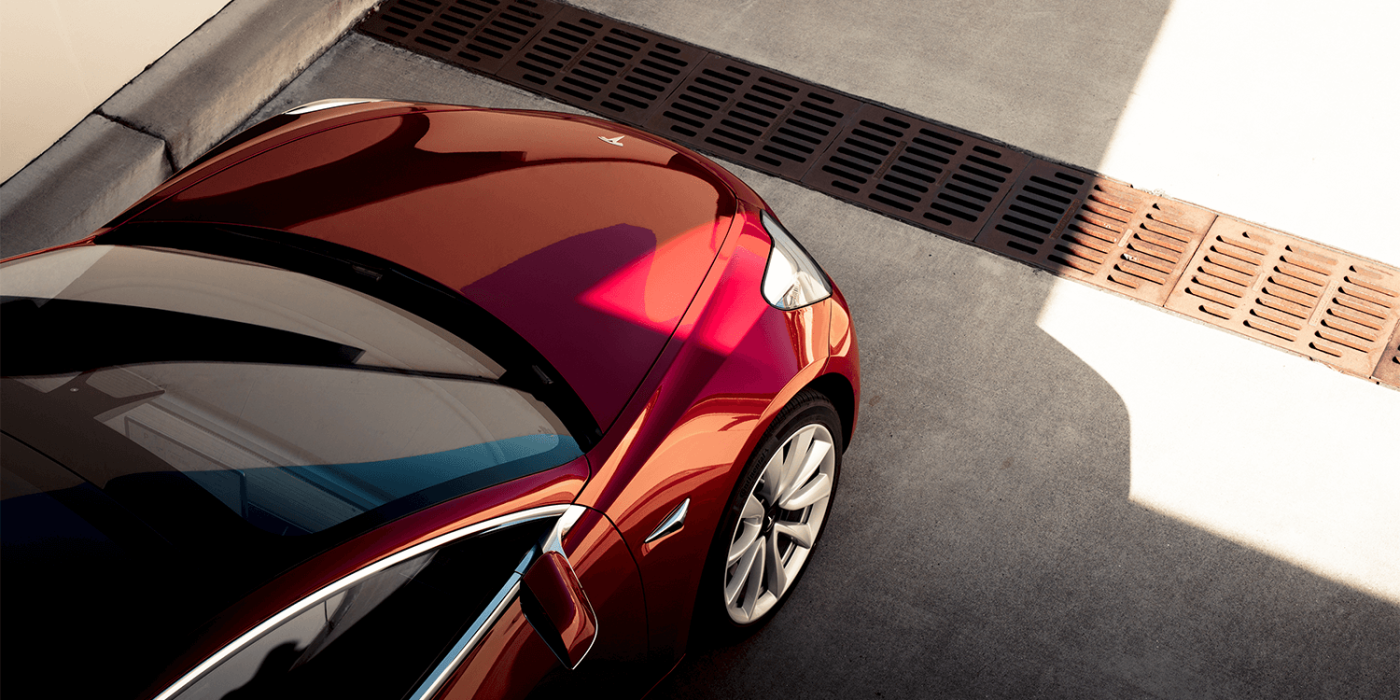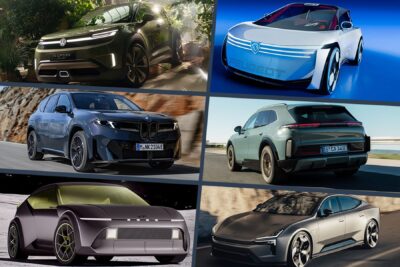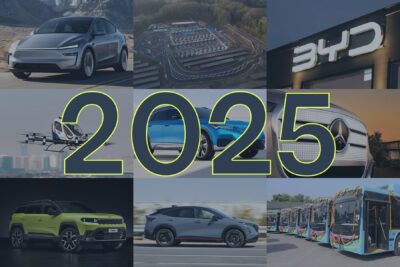Tesla Model 3 found profitable
German engineers “dissected” the Tesla Model 3 and its battery and found that costs for materials and suppliers come down to no more than 18,000 dollars. They also analysed the battery chemistry in detail, coming to exact and similar results, thus concluding Tesla could be making real money from the Model 3.
The analysis was done by a German engineering firm and their report has been quoted by Wirtschaftswoche. The engineers found that material cost for the Model 3 are at 18,000 dollars plus about 10,000 for production. Given that prices for the Model 3 are between 35,00 and 78,000 dollars, this would leave Tesla with room to profit.
The Model 3 is still months away from its launch in Europe, but the German engineering service has managed to ship a few electric cars across the ocean and dismantled them into their smallest individual parts. A practice that is common in the automotive industry to keep abreast of the competition and their technology. Still, it is rare to see as much effort being made as in this case.
WirtschaftsWoche got the evaluations and laboratory results first hand – and they surprise in two respects: Firstly, the dismantling specialists estimate that the sales price per model 3 of 35,000 to 78,000 dollars contrasts with estimated material and supply costs of 18,000 dollars plus production costs of 10,000 dollars. The more vehicles Tesla gets off the production line per unit of time, the greater the profit remains. According to Stefan Hajek’s report, the targeted 10,000 shares per week (currently estimated at between 2,000 and 4,000 per week) would make a “significant positive contribution to earnings,” says an engineer and resulting in the headline of WirtschaftsWoche: “Tesla Model 3 can make a profit”. The complete analysis and various graphics are not available online, but only in the print magazine. Still, this report will likely result in a frown or two across boardrooms of the industry today.
The second insight: Laboratory analyses have shown that Tesla and its battery partner Panasonic have actually succeeded in extremely reducing the cobalt content in the new 2170 battery cells used in Model 3 – specifically to 2.8 percent for the cathodes. To date, a share of eight percent is considered largely indispensable. In their latest letter to shareholders, the Californians had already claimed the new cells offer “the highest energy density ever used in an electric car”. This was achieved by reducing the cobalt content and increasing the nickel content, while maintaining “superior thermal stability” (we reported).
wiwo.de (original source, in German)
Copy: Cora Werwitzke





2 Comments